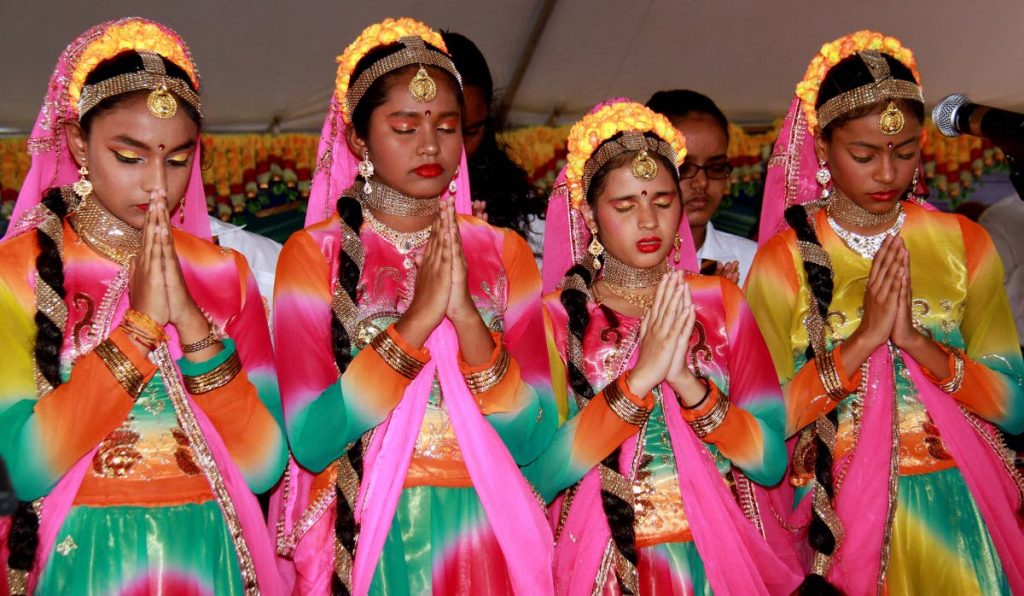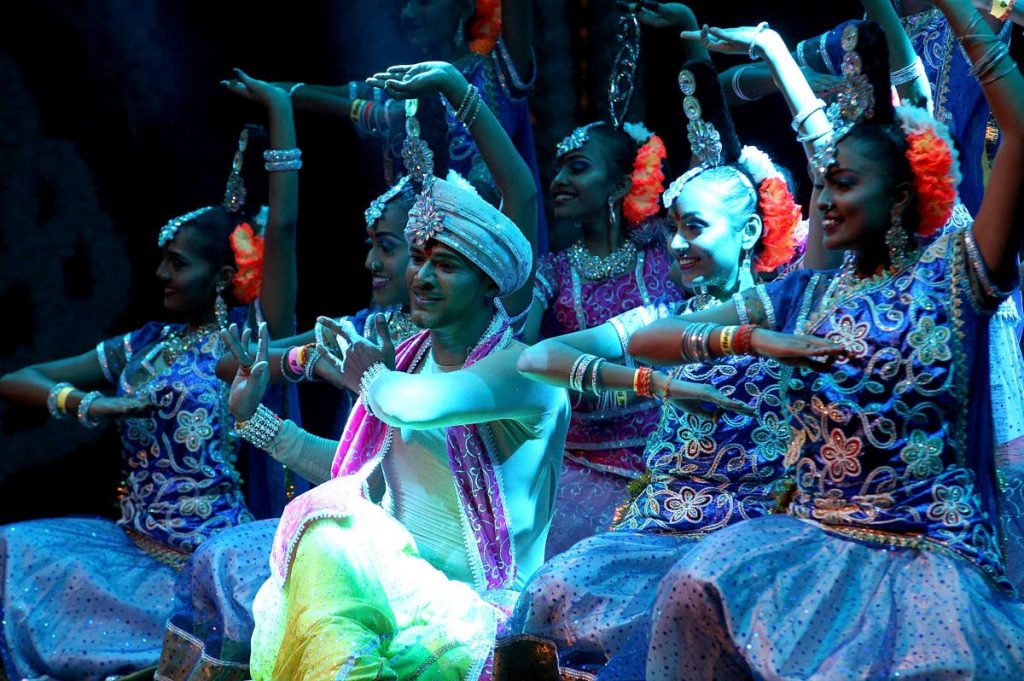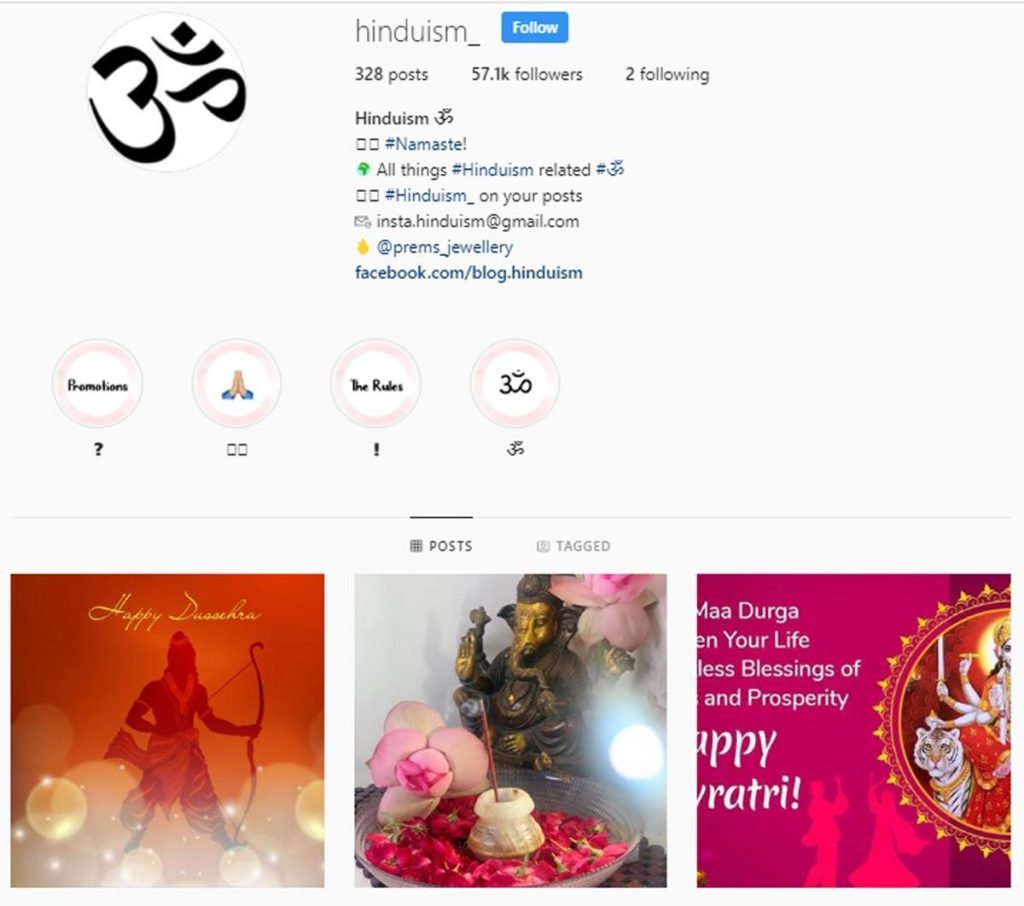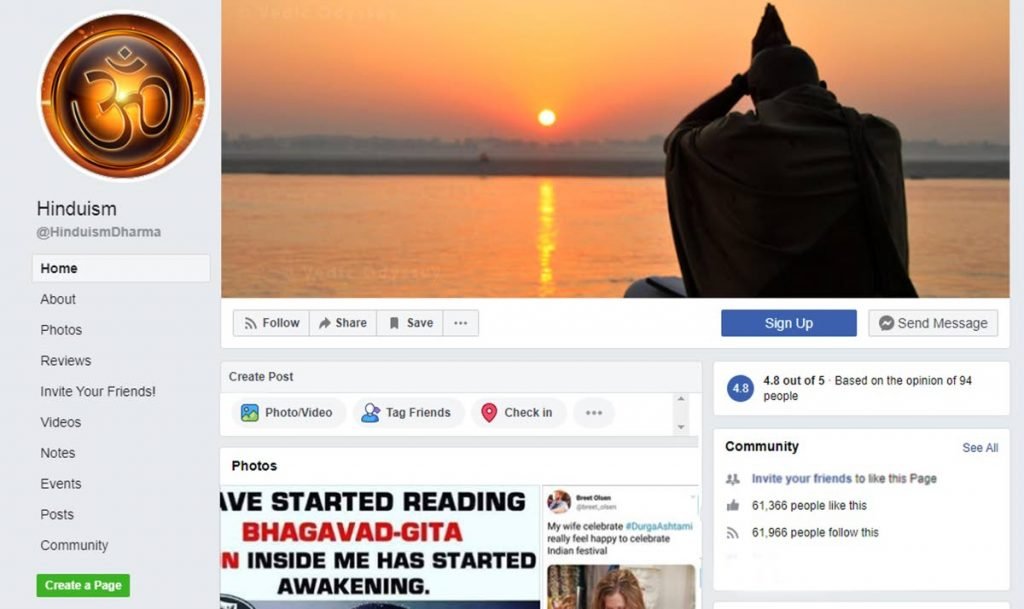Hinduism in social media age

Young Hindu devotees have experienced changes in religious celebrations and worship over the years – some for the good, and some for the bad. Most are due to advances in technology and increased levels of education.
Nalinee Bargallo, 23, from St Augustine believed social media has helped Hinduism to grow. She said people are more open with their worship and often have live streams on Facebook and YouTube. She said it allows people to see what devotees or temples around the world are doing which has led to people learning different aspects of Hinduism. Even What’sApp statuses, she said, alert others to various celebrations. “I would say social media is a positive thing. It makes the world a little bit smaller.”
In addition to social media, she said, younger pundits have higher secular education so they do more reading and research into Hinduism. They in turn educate other devotees and make the information more exciting. “As the pundits and religious leaders read, learn, and educate themselves, we learn different ways of worship so it’s more dynamic and younger people would be attracted to it.”
She said sometimes younger people change religions because they did not understand why they participate in certain customs. Many times, older Hindus do not have a proper explanation, and even leaders might say, ‘Because that’s how it is.’ Now, she said devotees learn and understand what is stated in the Bhagavad Gita and what is just a practice, and that understanding leads to stronger beliefs.
Bargallo gave the example of women being considered unclean when menstruating, and so were not allowed to go to temple or participate in prayers. She said women did not have sanitary napkins and all the other modern menstrual implements so they were physically unclean.

However, in recent years that custom was relaxed and even disregarded. “It’s not an actual rule that they are not supposed to do things because menstruation is natural. There’s nothing in the text saying that. We worship female aspects of God so why should females be discriminated against while they are menstruating? It is a long-time custom that people are throwing off. So it’s (Hinduism is) evolving in a positive sense.”
She said these modern attitudes have also led to different ways of praying and worship instead of just puja. She said yoga is a way of opening a person to a higher spirituality realm, and dances are used as a form of worship to many female deities. She said the singing, festivals, prayers by the river or the sea and not just in the temple, and more are attracting youths to Hinduism.
Personally, Bargallo enjoys the compartmentalisation and different incarnations of God and their meanings and representations. She also liked the beauty of the gods and how they are adorned.
Mother Kali, she said, is her favourite incarnation. She said people have the idea that Kali worship is a form of witchcraft so devotees used to hide to worship. However, because of social media, people are learning more about the goddess. For example, she said there is a group that hosts an annual Kali Yatra festival where they educate people on the goddess and her worship.
She recalled when she was 14 she started having dreams about which she asked her mother. Her mother explained that the dreams were due to Kali and revealed that Bargallo’s grandparents were Kali worshippers. “I found it interesting that although it was done so many years ago and my parents were not directly involved, it comes back. Mom said you can’t hide where you came from.”
Although Divali is important to her spiritually, Bargallo said it was never one of her favourite festivals. She said the fun of Divali is inviting people over but her family never had the space to host a big celebration. Instead, she prefers other religious periods such as Navatri because she said she likes to go to temple, pray and experience the energy.

“On the whole we should aim to have that good energy all the time, not just for Divali. Good over evil is not specifically for Divali alone. A big thing for me is praying for the protection of the entire country because there’s so much craziness all over. I try to live like that, maintain that throughout the year.”
According to Cumuto resident, Kavita Dwarika, 24, Divali has changed a lot since her parents’ time and even from when she was a child. She said there was less activity in the community, less family members visiting, and the teens and young adults have little interest in participating.
She believes this is because people do not put the same amount of importance to the festival. She said people’s lives are busier and they have other commitments, but the youths especially are too taken up with technology. “The older generation is trying to instil these values but the younger generation just don’t pay attention. Everything is social media and they tend to be absorbed with new technology.”
Dwarika, however, is an active member of the Cumuto Shiva Mandir. She said for her it was worth it to attend temple because once a person is active, prays, and believes, their prayers are often answered.
Another youth from Cumuto, 24-year-old Avinash Sooknanan, is driven to educate himself and others about Hindu teachings.
He said he mostly went to Christian schools and enjoys TT’s multi-cultural society. “Living in Trinidad you might as well know who and what you’re living around. You get to learn and people learn from you. That’s a main point for me – imparting knowledge to others, and when others include themselves in my culture and vice versa.”

He said unlike others who just follow Hinduism because they were born into it, he has done research and understands some of the scientific reasoning behind teachings which allows him to differentiate dharma teachings from superstitions.
Asked to explain he said Hinduism is more a way of life than a religion. He said there were different branches of Hinduism. They all have the same teachings but focussed on different aspects of dharma or teachings on how to live life.
Because of his research, he said social issues have not affected his faith. However, he said he has observed media headlines, social media reactions, and reactions of some Hindu leaders influence others, either reinforcing or undermining their faith. He said most youths though shy away from these issues and quietly keep their faith.
And so Divali is still important and significant to Sooknanan. He said as a child he was responsible for washing the deyas, putting them to dry, and laying them out on the bent bamboo. That excitement was his driving force.
As an adult, he understands the significance, the spiritual dynamics of the celebration – of Mother Lakshmi puja, and worshipping the goddess of light on the darkest night of the year. He said it was also a time to help people, give to charity, and engage in humanitarian activities if an individual has not done so earlier in the year.
“Divali is a time to reflect. It’s not just the day but the period before it where you fast. From the time you start the fasting it’s a time to self-cleanse and self-reflect. It’s an opportunity to do better, to improve yourself and give thanks.”


Comments
"Hinduism in social media age"